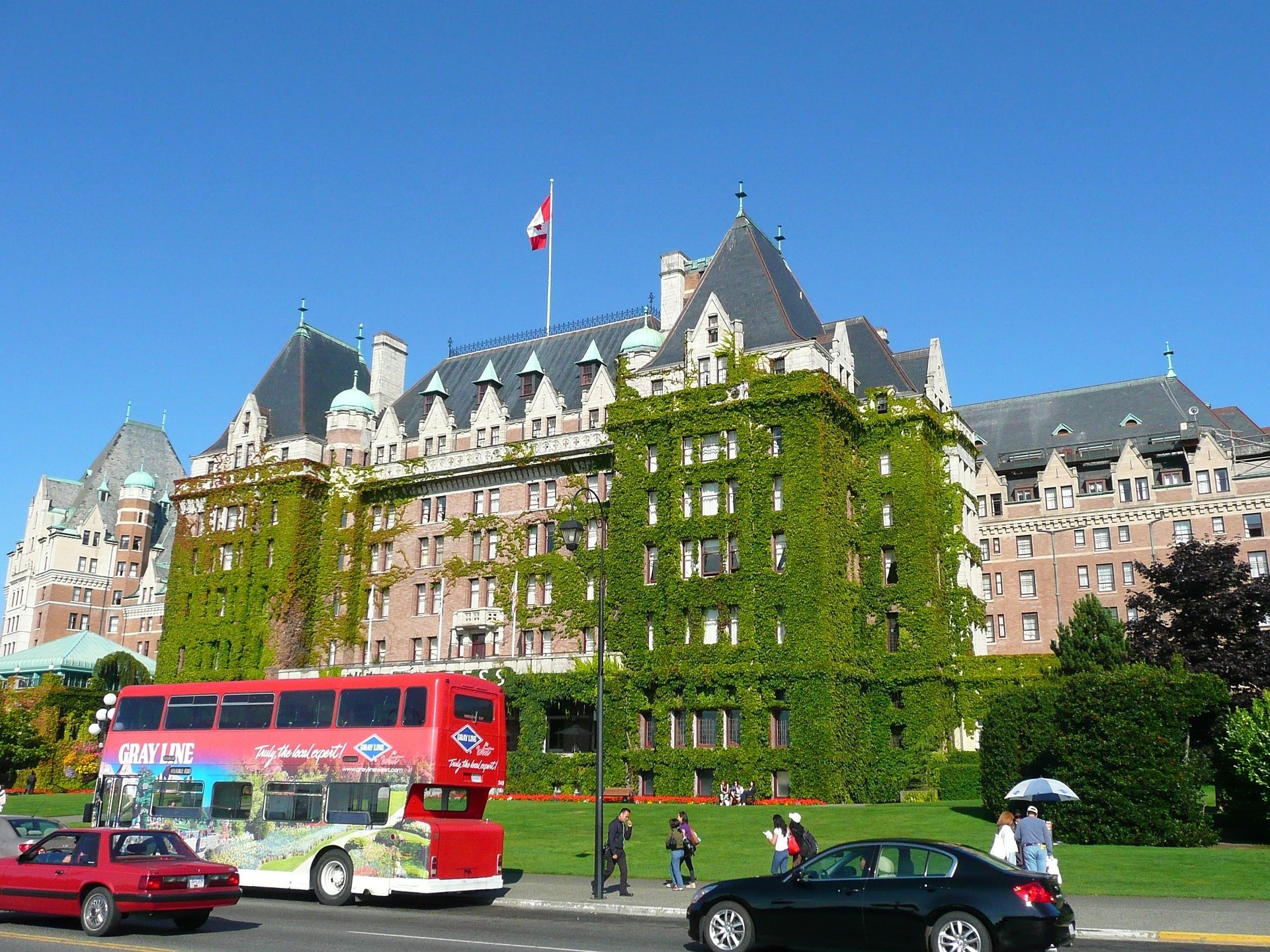The Sunshine Coast of British Columbia - encompassing the communities of Sechelt, Gibsons, Roberts Creek, Halfmoon Bay, Pender Harbour, and Egmont, with their collective population of 32,170 - presents a fascinating geographical paradox. These coastal towns exist in perfect counterpoint to urban living, maintaining a delicate balance between connection and retreat. Just 40 minutes by ferry from Vancouver, they offer metropolitan accessibility while preserving their serene, small-town character. These unique dynamic challenges conventional notions that equate remoteness with isolation, creating what I call the "Geographical Proximity Paradox," a model for communities seeking both accessibility and peaceful seclusion.
The Myth of Isolation
Traditional definitions of “remote” suggest sacrifice—of amenities, opportunities, or connectivity. The Sunshine Coast shatters this notion. Need specialized healthcare? Vancouver’s hospitals are closer to Sechelt than many suburban commutes. Craving urban culture? The ferry delivers you to downtown Vancouver in less time than it takes to cross the city by car. Yet upon return, the rhythm of coastal life resumes: highways become forest trails, and rush hour transforms into the evening ballet of kayakers gliding through Porpoise Bay.
The Psychology of Balanced Living
Research from the University of British Columbia highlights how such “dual-access” environments reduce stress while maintaining cognitive stimulation. The Sunshine Coast’s unique geography offers:
Proximity Without Density: All the advantages of urban access (jobs, healthcare, education) without overcrowding or pollution.
Ecological Immersion: Studies show that exposure to coastal environments lowers cortisol levels by up to 30% compared to urban settings.
Community Scale: Small populations (e.g., Roberts Creek’s 3,300 residents) foster tight-knit connections while avoiding insularity.
Case Study: The Ferry as Lifeline, Not Barrier
The Langdale-Horseshoe Bay ferry isn’t just a transport link—it’s a psychological threshold. Commuters report using the 40-minute crossing to decompress, mirroring findings about “transition rituals” in workplace psychology. This daily reset allows residents to compartmentalize urban demands from coastal tranquility.
A Model for Post-Pandemic Living
The Sunshine Coast’s population grew 9.2% from 2016 to 2021 as remote workers sought this balance. Towns like Gibsons now blend tech-enabled livelihoods with oyster farming and forest therapy—proof that “progress” needn’t erase local character.
Conclusion: The New Remote
The Sunshine Coast doesn’t reject urbanity—it redefines its role. Here, “remote” means curated connection: Vancouver’s resources when needed, wilderness immersion when desired. In an age of polarized living (either city or wilderness), this region offers a third way—one that 32,170 residents have already discovered.











